How to choose a pair of running sunglasses
A guide to protecting your eyes with the right sunglasses for runners
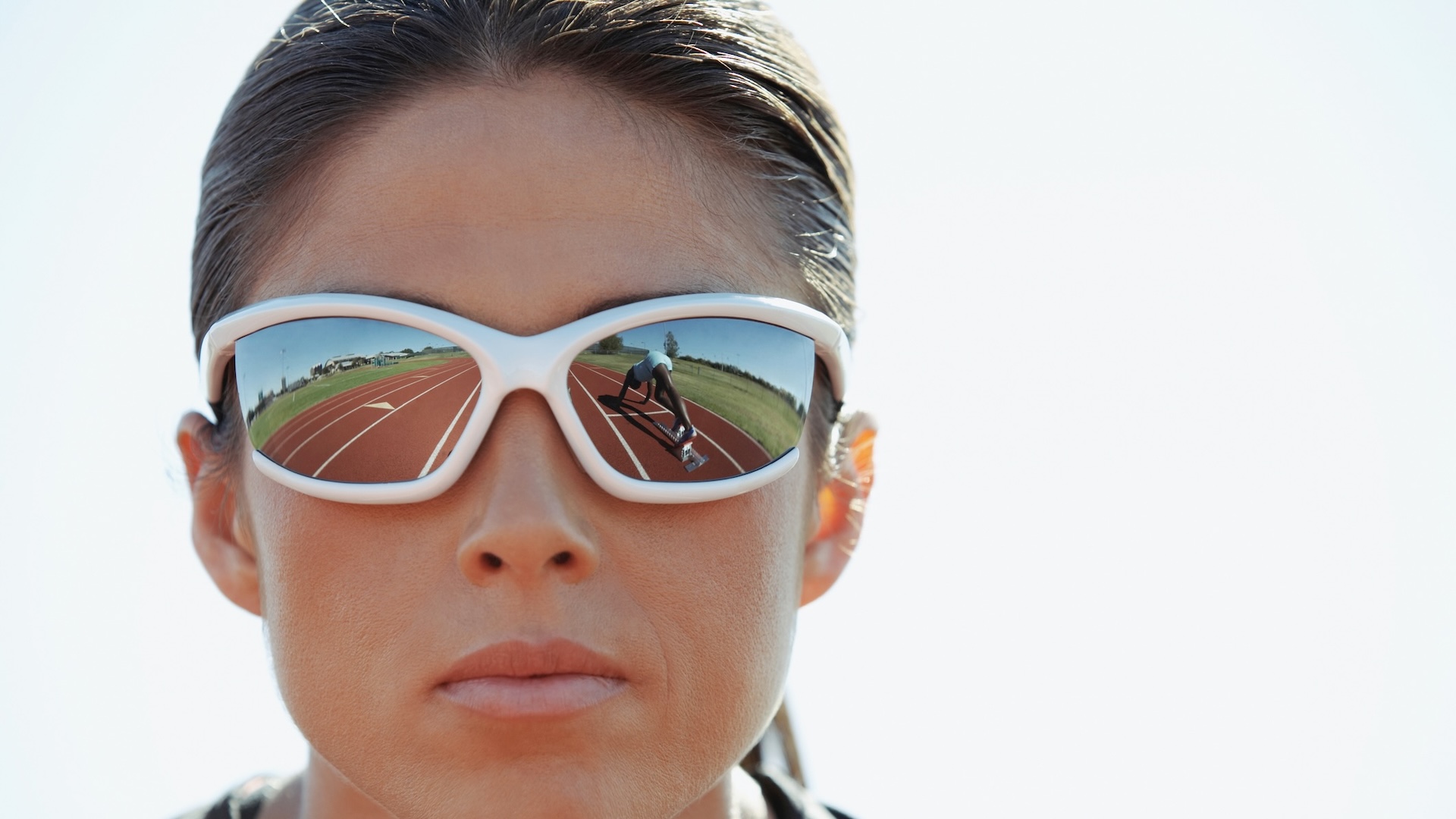
If you like getting out on the trails, the best running sunglasses should be one of your most important items of kit – and this is the case year-round, not just in the summer. Experts advise that anyone who spends time outdoors, whether running, hiking or cycling, needs to take care to protect their eyes from damaging ultra violet (UV) light emitted by the sun.
Sharon Copeland, an optician at Feel Good Contacts, explains that there are three types of UV rays that the sun emits: UVA, UVB and UVC.
She says: “UVC rays are the most damaging but they are absorbed by the Earth’s atmosphere before they reach us and are not a direct threat.
“Meanwhile, UVA and UVB rays can have serious long and short-term effects on the eyes and our vision.”
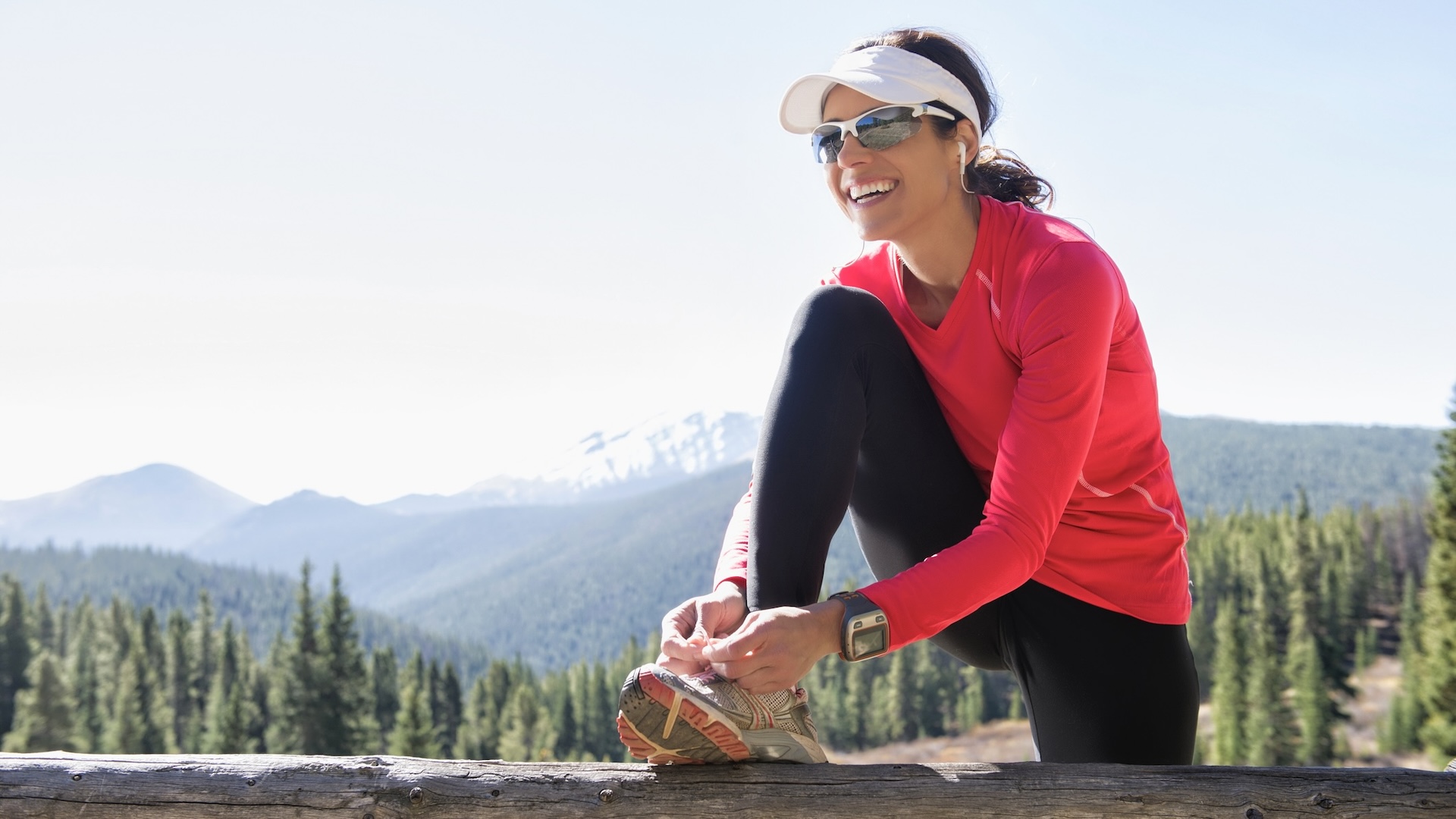
Why runners need sunglasses for UV protection
There are different health risks caused by exposure to UV light including:
- UV light can speed up the process of age-related macular degeneration (AMD). This happens as we age but exposure to UV light can speed up the condition where the retina becomes damaged, resulting in central vision loss.
- Cataracts take the form of clouds that form on the lens of the eyes. These cause your vision to be “clouded”. There is a greater risk of cataracts due to exposure to UVB rays. Cataracts require surgery for removal.
- Pterygium can be the result of exposure to UV light and takes the form of a benign growth on the conjunctiva of your eye.
- Photokeratitis is usually caused by UVB light reflecting off snow and can lead to sunburning of the eye. This mostly takes the form of blurred vision or temporary sight loss.
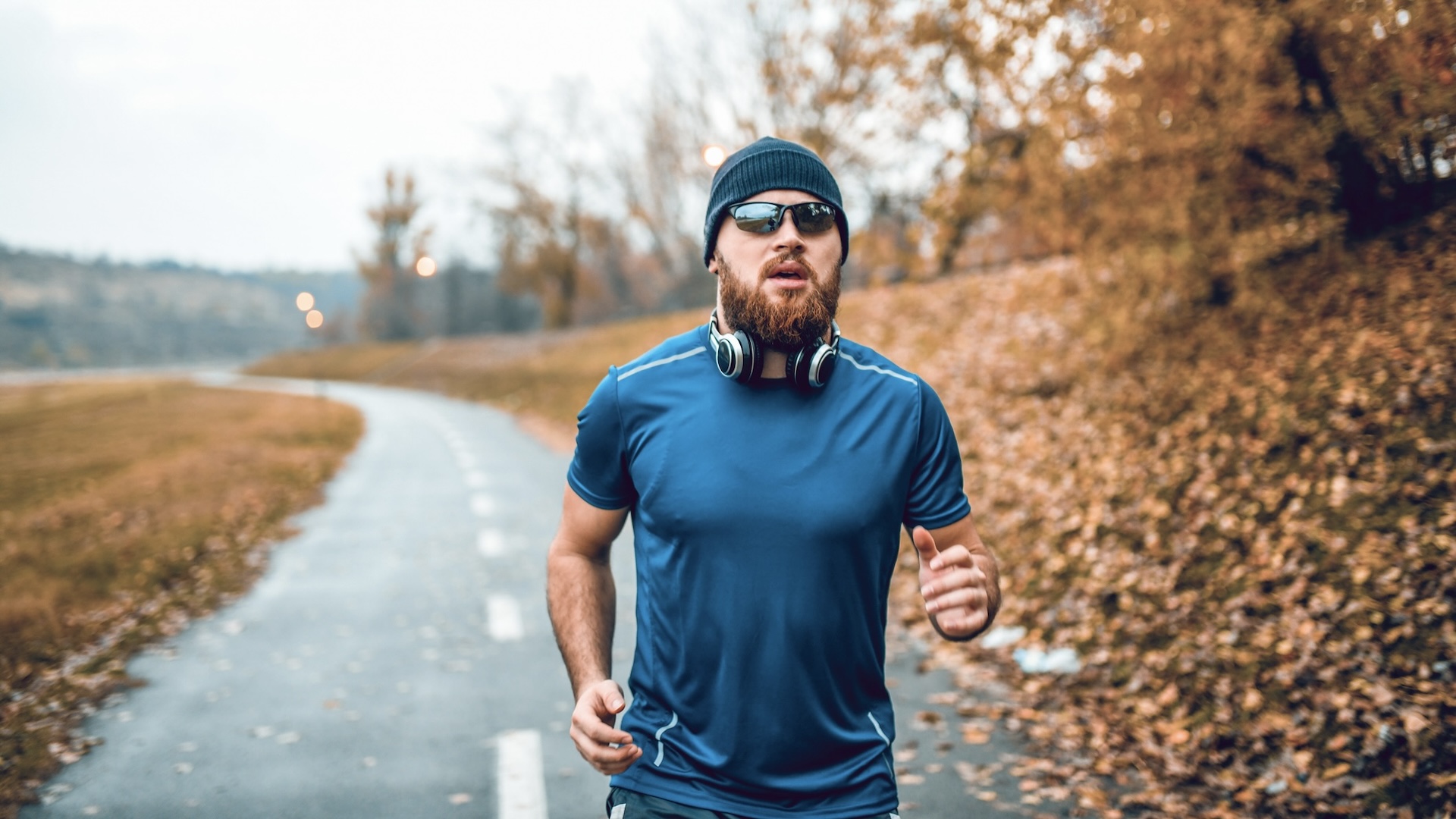
The best way to protect your eyes is to stay away from bright sunlight but this is not always possible, especially if you are a runner. Also, sunlight does have health some benefits, such as being a natural source of Vitamin D and boosting feel-good hormones. This means, you should wear good quality sunglasses.
Sunglasses for runners: what to look for
This most important factor when choosing sunglasses is to ensure they will protect your eyes from UV radiation. Ideally, this means buying sunglasses with a UV 400 protection.
Advnture Newsletter
All the latest inspiration, tips and guides to help you plan your next Advnture!
UV 400 ensures the dark lenses filter out almost 100% of harmful ultraviolet light rays. The more technical explanation is the UV 400 blocks wavelengths up to 400 nanometers, including UVA and UVB rays.
When looking at different types of sunglasses, check they are labelled with a CE or UV 400 mark, which confirms they conform with the EU standards of eye protection.
Copeland reveals other factors to consider when purchasing sunglasses for running. She says: “The sunglasses with the most protection from the sun’s rays are often those with a darker lens.
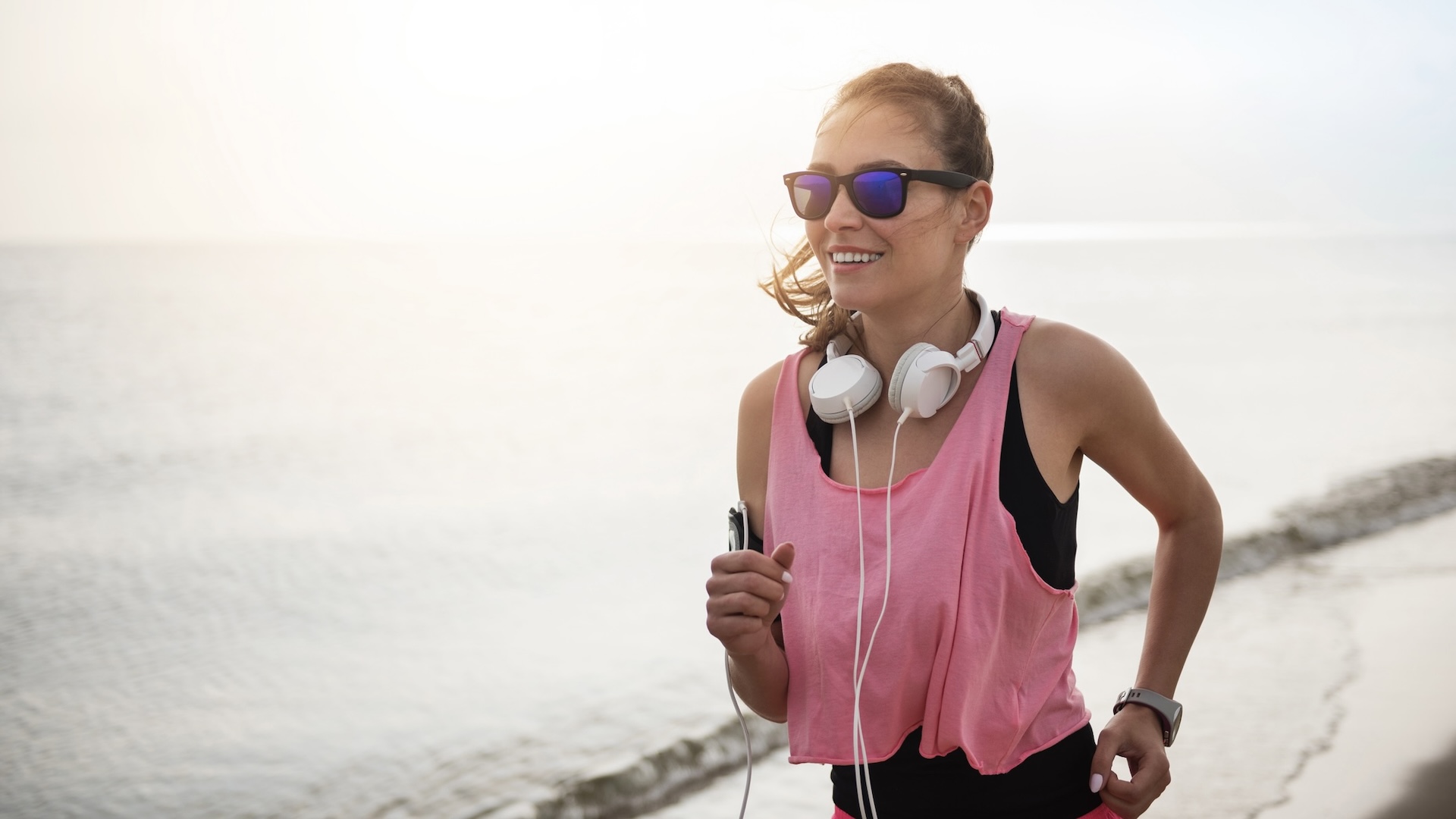
“Wrap-around style frames and frames that sit close to the face offer a fuller coverage of your eyes from different angles around the lenses.
“Polarized sunglasses provide further protection against glare and halos from reflected rays if you are near water or snow.”
It’s important to consider the size of the fames and lenses, too. The larger the lenses, the greater the protection for the eyes and also the eyelids and the skin around the eyes. Choosing frames with wider arms (also caled "temples") aids protection, too.
There will be many runners who also require prescription lenses. You can choose to wear contact lenses and then off-the-peg sunglasses, or purchase sunglasses with prescription lenses. Always check with the dispensing optician that the lenses include adequate UV filters.
As an extra precaution, if you wear everyday prescription glasses, ensure they have UV filters as standard in the lenses.
What lenses should runners choose for sunglasses?
There are all kinds of lenses with different colors, tints and coatings. While darker lenses can provide good protection from UV rays, on cloudier days you might not be able to see so well. This is why there are different colors and shades of lenses.
Dr Elizabeth Hawkes, who is an oculoplastic surgeon, said: “The type of lenses that you choose for your sunglasses depends on what you will be using them for.
“For example, tinted lenses are good for certain sports, because they reduce the light intensity and cut the glare, which helps to reduce eye strain.
“Another consideration is whether or not the lenses are polarized. Polarized lenses reduce the glare from horizontal surfaces such as water, the road and snow. They can be more expensive but they are ideal if you’re doing lots of driving or spending time by water.”
Categories of lenses
Regardless of the color of the lens, whether dark brown, grey or red, it's vital you assess the the category number of lenses. The category of the lens for sunglasses equates to a percentage of the VLT (Visible Light Transmission), which details how much light the lens lets through.
- Category 0: 80 to 100% VLT
- Category 1: 46 to 79% VLT
- Category 2: 18 to 45% VLT
- Category 3: 8 to 17% VLT
- Category 4: 3 to 8% VLT.
As a guide, for sunny weather and especially when spending time outdoors such as when running, you should look for “category 3” lenses as a minimum.
Lens coatings
When buying good quality sunglasses, including prescription sunglasses, you might be able to choose to pay for extra coatings. These may include mirrored coatings or anti-scratch coatings and mirrored coatings, although the best way to look after your sun spectacles is to keep them in a case or pouch when not in use.
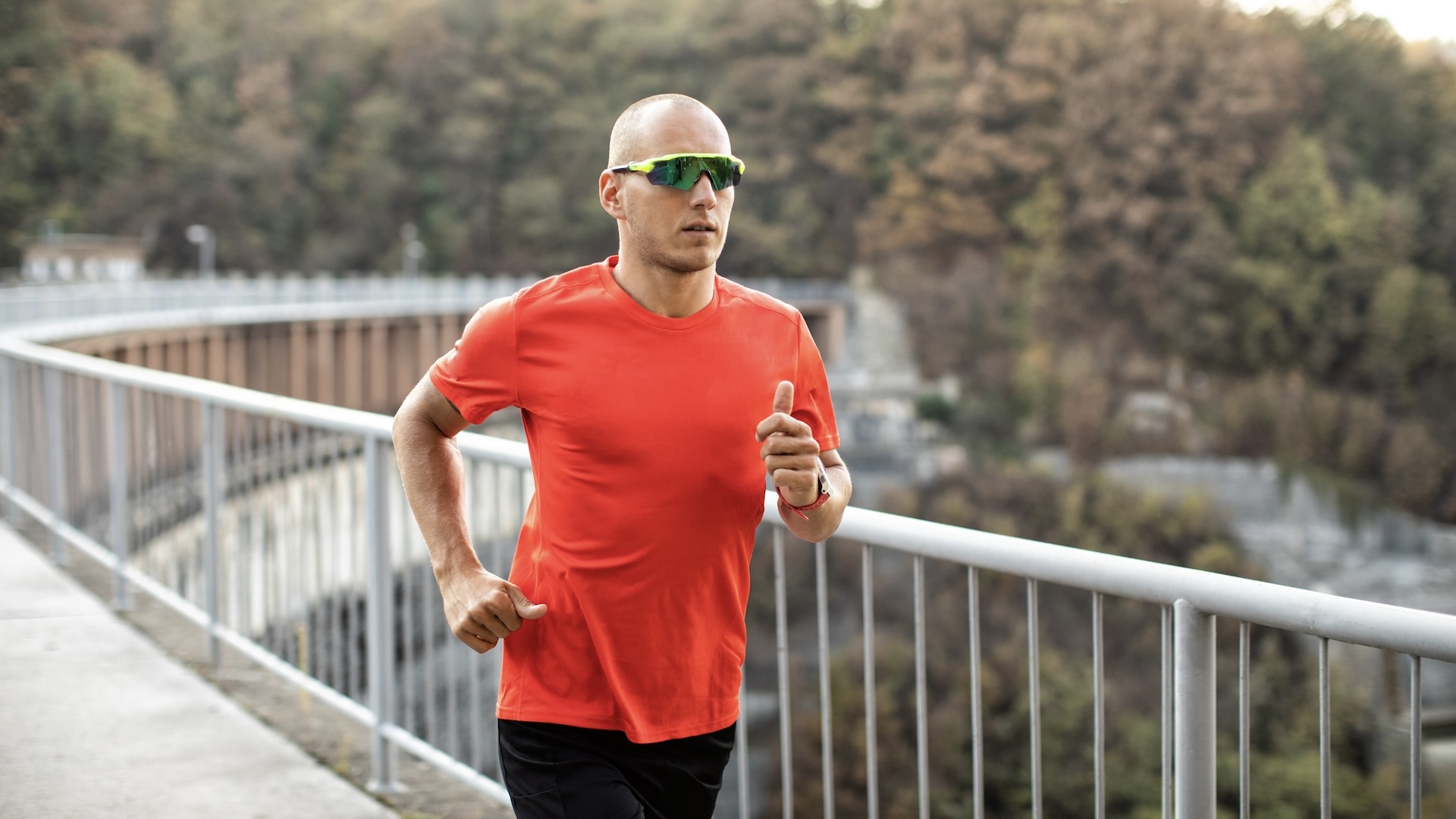
The best frames for running sunglasses
There are many different shapes and styles of sunglasses, so choosing the right look will be dependent runners trying on the sunglasses. For example, some frames shapes suit different shapes of faces.
While the look of the sunglasses will be important, fit is even more vital. As a runner, you will not want the glasses to keep on slipping down your face.
Many companies make sunglasses to fit different sized heads. You will want the sunglasses to stay put on your nose and also your ears so you should check the size of the frame and your head shape.
Check the the frames and lenses provide good coverage of the eye and skin around the eye for the best protection. Choose wider arms at the side of sunglasses for more protection from the sun.
The sunglasses need to stay in place while you run. One way to check this is to put on the sunglasses and then move your head down, back and side to side. If the specs move at all, you know it is likely thy will slip around in your face when you run.
Rubber or silicone-tipped arms and comfort nose pieces can be helpful for making sure the frame stays in place on your face.
Regardless of the shape of the frame, whether wraparound or more traditional, you should look for lightweight sunglasses. Plastic frames and lenses made of polycarbonate, rather than glass, keep the weight to a minimum.
Look for hinges that are likely to be more durable. Hinges that open inwards and also outwards are more likely to be long lasting, especially if you are constantly taking them on and off.
The verdict on sunglasses for running
Eye experts recommend that when running it is important to have protection from the sun's harmful UV rays – and all year round. The best solution is a pair of comfortable and high quality of sunglasses. Adding a sun hat for running will improve your protection from the sun.

Fiona Russell is a widely published adventure journalist and blogger, better known as Fiona Outdoors. She is based in Scotland and is an all-round outdoors enthusiast with favorite activities including trail running, mountain walking, mountain biking, road cycling, triathlon and skiing (both downhill and backcountry). Aside from her own adventures, Fiona's biggest aim is to inspire others to enjoy getting outside and exploring, especially through her writing. She is also rarely seen without a running skort! Find out more at Fiona Outdoors.
